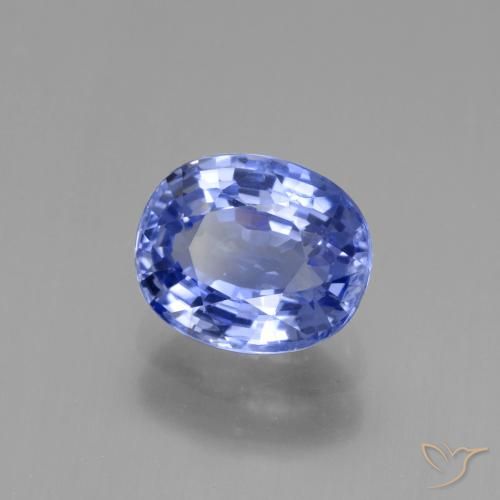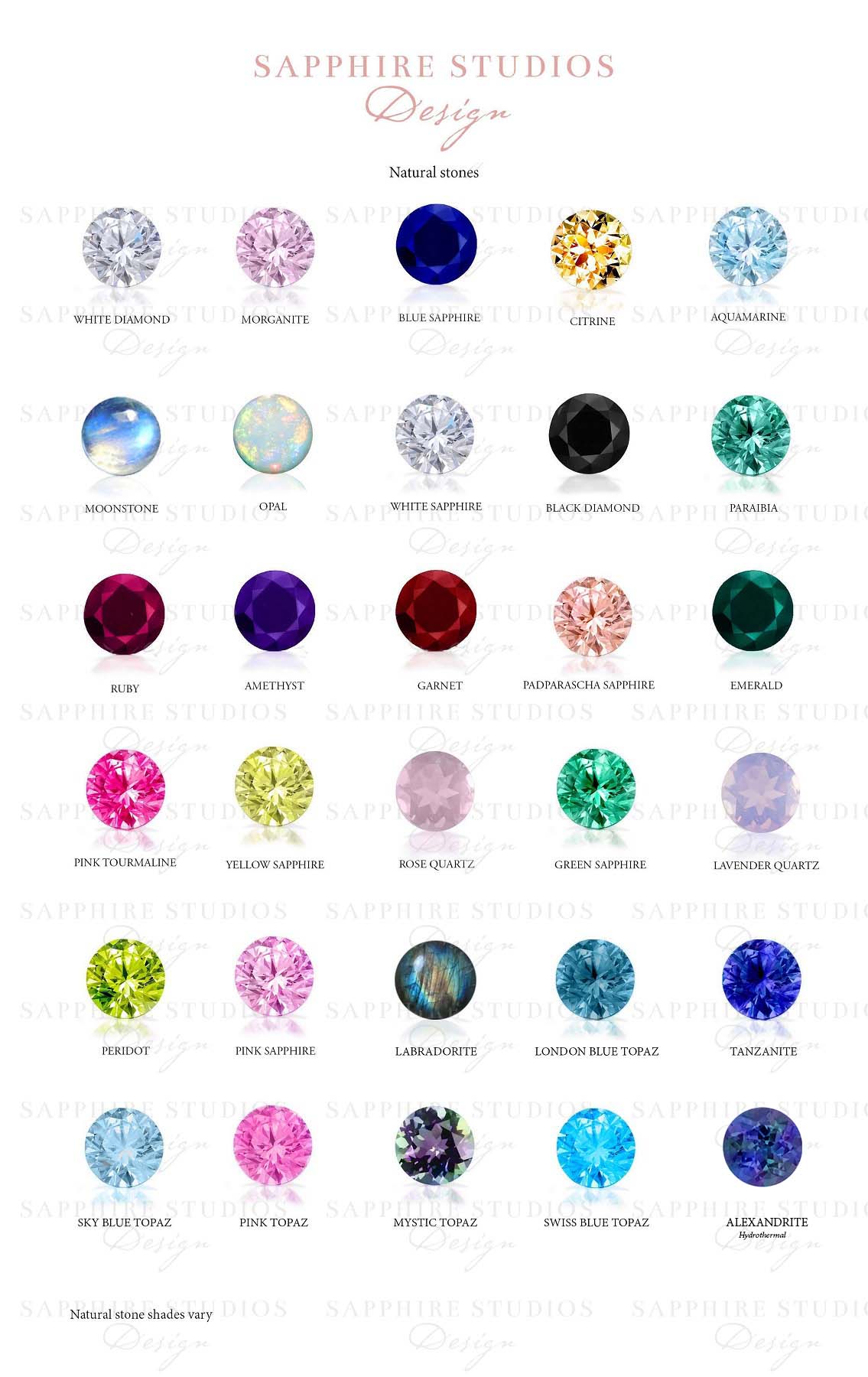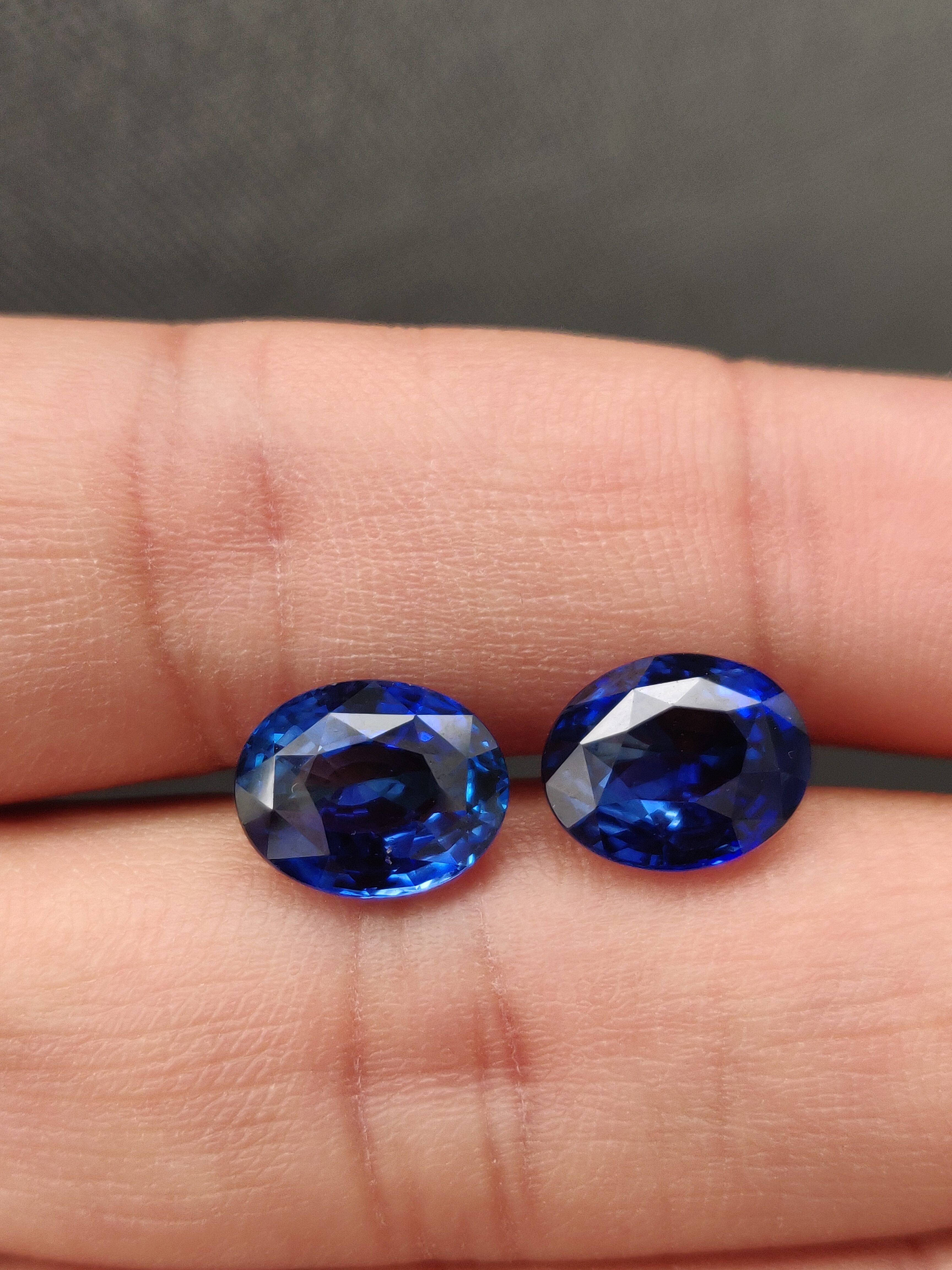
Most diamonds are not treated with heat or other processes, while most sapphires do receive a heat treatment. Sapphires are another hard and durable gem with a Mohs rating of nine. Diamonds are at the top of the scale with a hardness rating of ten. The Mohs scale measures the hardness of gems. But white sapphires have become a popular and affordable alternative to diamonds due to their similarity in color and hardness. When a white diamond is cut well, it has more fire and scintillation than a sapphire. Diamonds have more brilliance than sapphires. Sapphires and diamonds both come in rich colors, colorless, and white. Lab created gems cost less than mined stones because the process of creating them has a smaller carbon footprint.

They have slightly more durability than natural sapphires because they do not have inclusions or fractures that weaken them. Lab created sapphires are not color-treated or enhanced in any way.īecause they grow in a controlled environment, lab created sapphires have very little, if any, flaws. They have a consistency in color, quality, and hardness that natural sapphires do not.

Lab created sapphires are no different from natural sapphires except that gemologists create them in a controlled environment. These natural sapphires can also be labeled as untreated.

Some natural sapphires come directly from the mine, then are faceted. Many of the sapphires at Brilliant Earth have come from mines - making them naturally sourced - but they have been treated to enhance their color and clarity. Each natural sapphire crystal has unique size, shape, and color properties.Ī natural sapphire label suggests to buyers that the stones have not been treated. Natural sapphires and lab-created sapphires have the same chemical properties, but natural sapphires were mined from the earth. Types of Sapphires & Sapphire Qualities Natural Sapphires


 0 kommentar(er)
0 kommentar(er)
